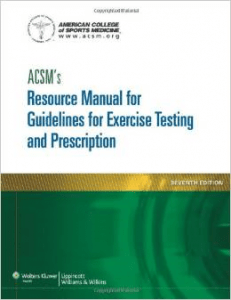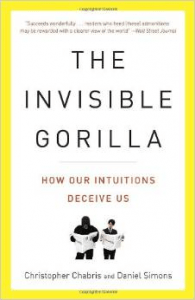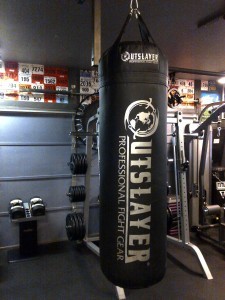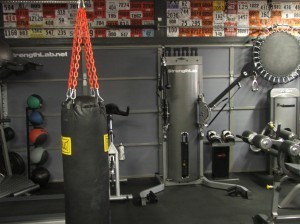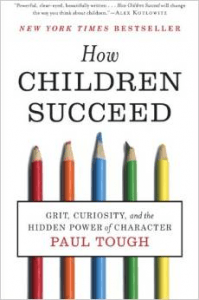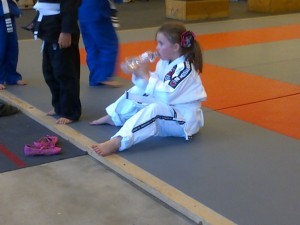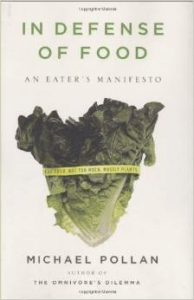1. Eat MORE and primarily Vegetables! (list below)
2. Eat MORE extra lean to moderately lean Animal Proteins (some higher fat options are included below but extra to moderately lean preferred).
3. Minimize or Avoid fruit, beans, nuts, seeds and whole grains (these foods have the most nutritional calories and are suitable for kids, teenagers, young adults and athletes; not for those wanting to lose weight)
4. AVOID Refined Sugars or Refined Carbohydrates! (Beverages included)
5. AVOID Alcohol!
6. Drink Water, Coffee and/or Tea only.
Best Vegetables List:
Artichoke, Artichoke hearts, Asparagus, Baby corn, Bamboo shoots, Beans (green, wax, Italian) Bean sprouts, Brussels sprouts, Broccoli, Cabbage (green, bok choy, Chinese) Carrots (raw), Cauliflower, Celery, Cucumber, Eggplant, Greens (collard, kale, mustard, turnip) Hearts of palm, Jicama, Leeks, Mushrooms, Okra, Onions, Pea pods, Peppers (sweet or hot), Radishes, Rutabaga, Salad greens (chicory, endive, escarole, lettuce, romaine, spinach, arugula, radicchio, watercress) Sprouts, Squash (cushaw, summer, crookneck, spaghetti, zucchini) Sugar snap peas, Swiss chard, Tomato, Turnips, Water chestnuts, Yard-long beans.
Protein Sources:
*Fish and Seafood: Albacore tuna, herring, mackerel, rainbow trout, sardines, salmon, catfish, cod, flounder, haddock, halibut, orange roughy and tilapia; Shellfish including clams, crab, imitation shellfish, lobster, scallops, shrimp, oysters. *Poultry (without the skin) and Eggs: Chicken, turkey, egg whites or whole eggs. *Beef trimmed of fat including: chuck, rib, rump roast, round, sirloin, cubed, flank, porterhouse, T-bone steak, tenderloin *Lamb chop, leg, or roast. *Pork tenderloin or chop.
Best Fruits List: (snack between meals, if necessary, for those with a sweet tooth)
Berries, cherries, pears, apples, grapefruits, peaches, apricots and plums.

